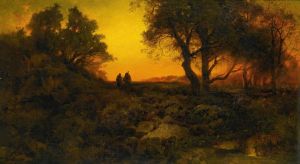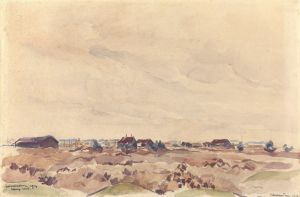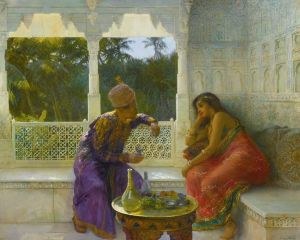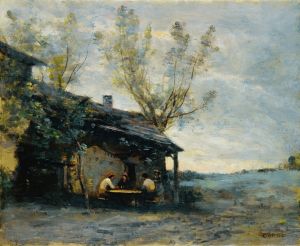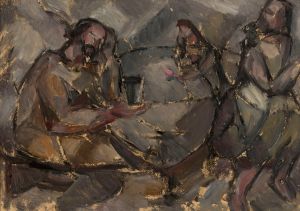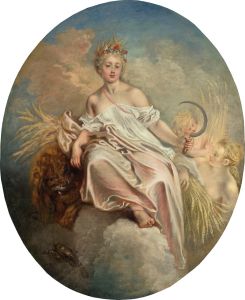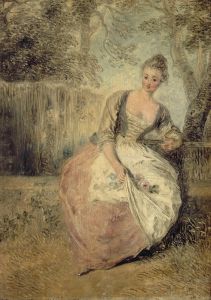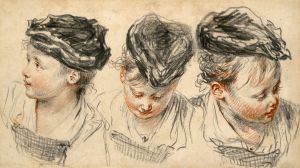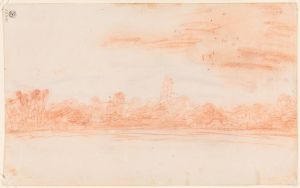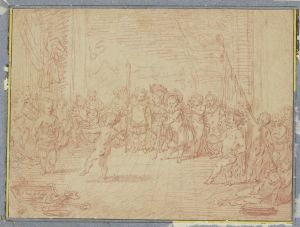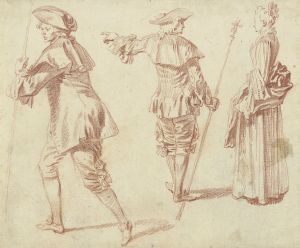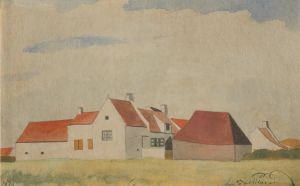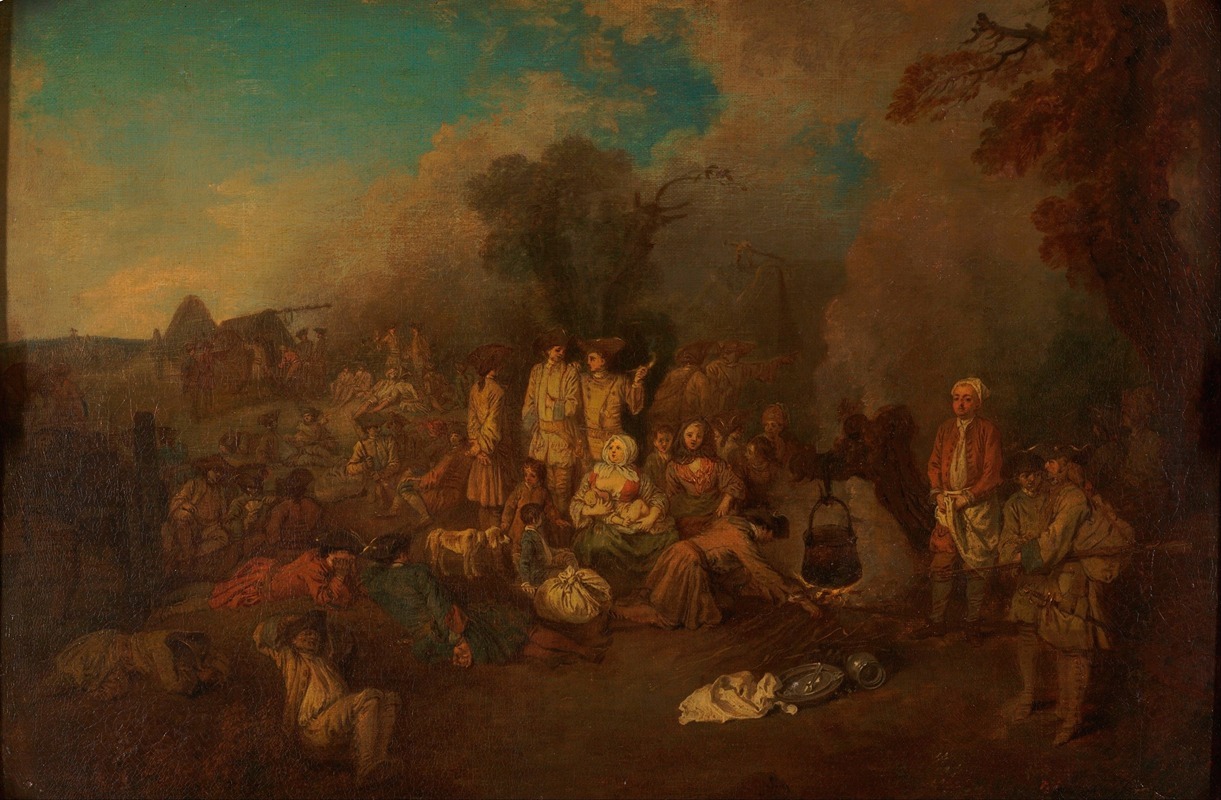
Bivouac
A hand-painted replica of Jean-Antoine Watteau’s masterpiece Bivouac, meticulously crafted by professional artists to capture the true essence of the original. Each piece is created with museum-quality canvas and rare mineral pigments, carefully painted by experienced artists with delicate brushstrokes and rich, layered colors to perfectly recreate the texture of the original artwork. Unlike machine-printed reproductions, this hand-painted version brings the painting to life, infused with the artist’s emotions and skill in every stroke. Whether for personal collection or home decoration, it instantly elevates the artistic atmosphere of any space.
Jean-Antoine Watteau was a prominent French painter whose works are often associated with the Rococo style, characterized by its lightness, elegance, and exuberant use of color. However, specific information about a painting titled "Bivouac" by Watteau is not readily available in historical records or art catalogs. Watteau is best known for his "fêtes galantes" paintings, which depict scenes of aristocratic leisure and entertainment, often set in idyllic outdoor landscapes.
Watteau's career was relatively brief, as he lived from 1684 to 1721, but he left a significant impact on the art world. His most famous work, "Pilgrimage to Cythera," exemplifies his style and thematic focus on the pursuit of love and pleasure. Watteau's paintings often feature figures in theatrical costumes, reflecting his interest in the commedia dell'arte and the theater, which were popular during his lifetime.
The artist's technique involved a delicate use of color and a fluid, almost sketch-like application of paint, which gave his works a sense of immediacy and movement. Watteau's influence extended beyond his lifetime, impacting later artists and contributing to the development of the Rococo movement, which emphasized ornate detail and playful themes.
If "Bivouac" were a painting by Watteau, it might be expected to include some of these characteristic elements, such as a focus on human figures in a landscape setting, a light and airy composition, and a sense of narrative or interaction among the figures. However, without specific documentation or references to a painting by this title, it is not possible to provide a detailed description or analysis.
Watteau's legacy is preserved in numerous collections around the world, with significant holdings in institutions such as the Louvre in Paris and the Wallace Collection in London. His work continues to be studied for its innovative approach to composition and its reflection of early 18th-century French society.
In summary, while Jean-Antoine Watteau is a well-documented artist with a significant body of work, there is no specific information available about a painting titled "Bivouac." Therefore, any further discussion or analysis would be speculative and not based on verified historical records.





